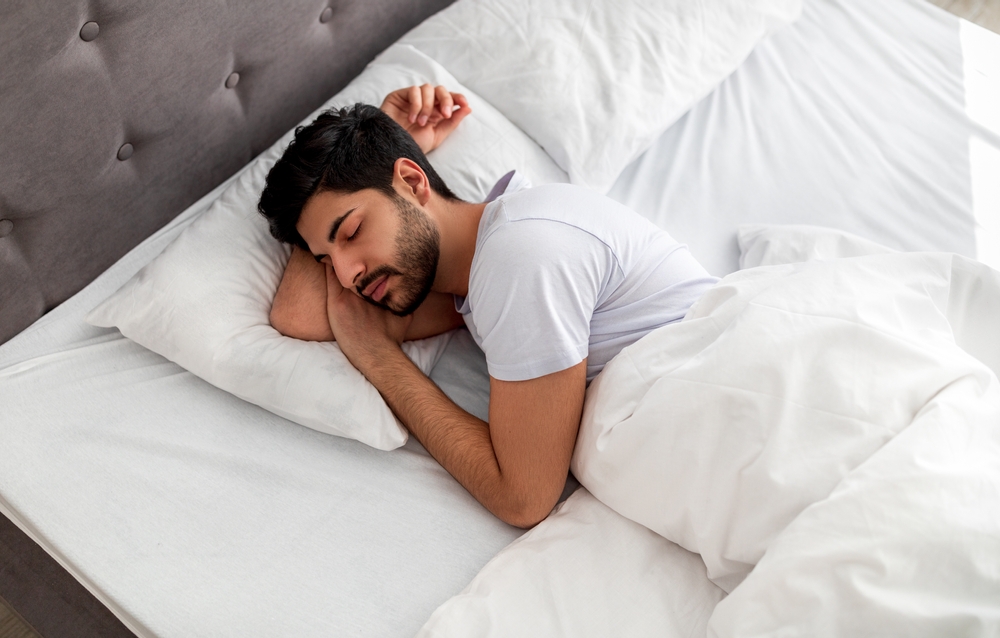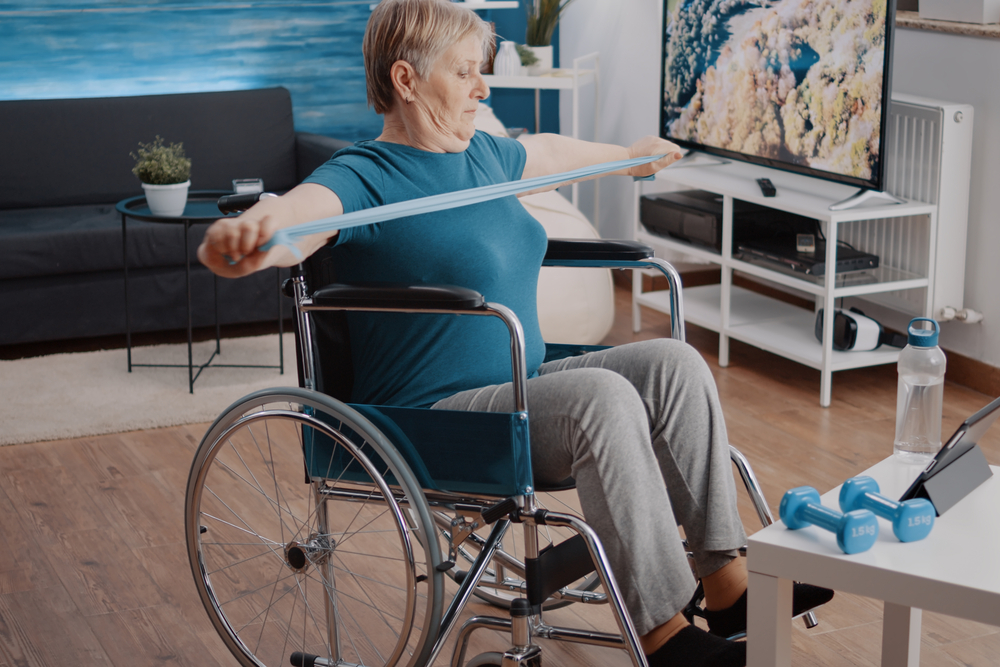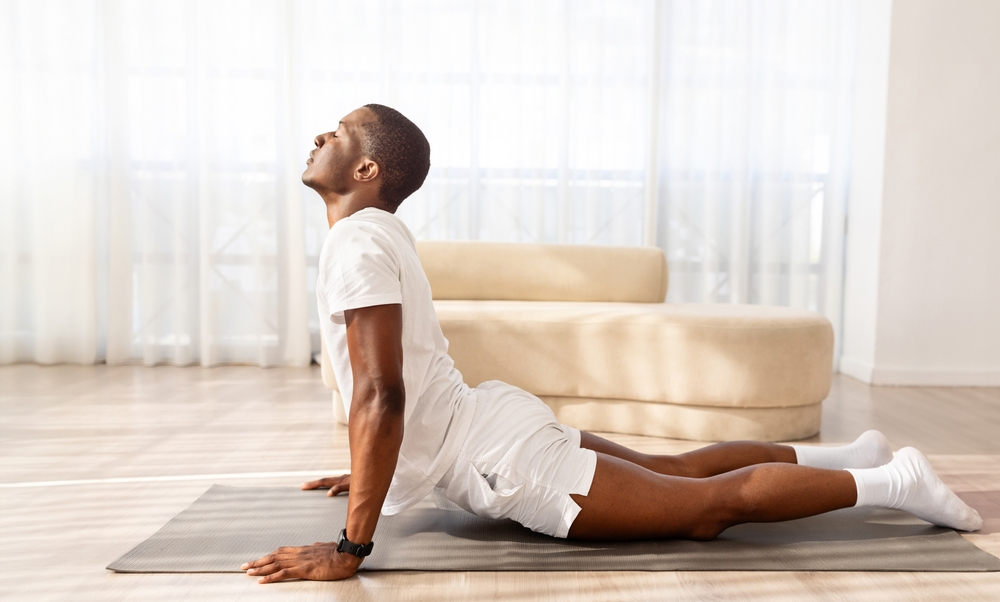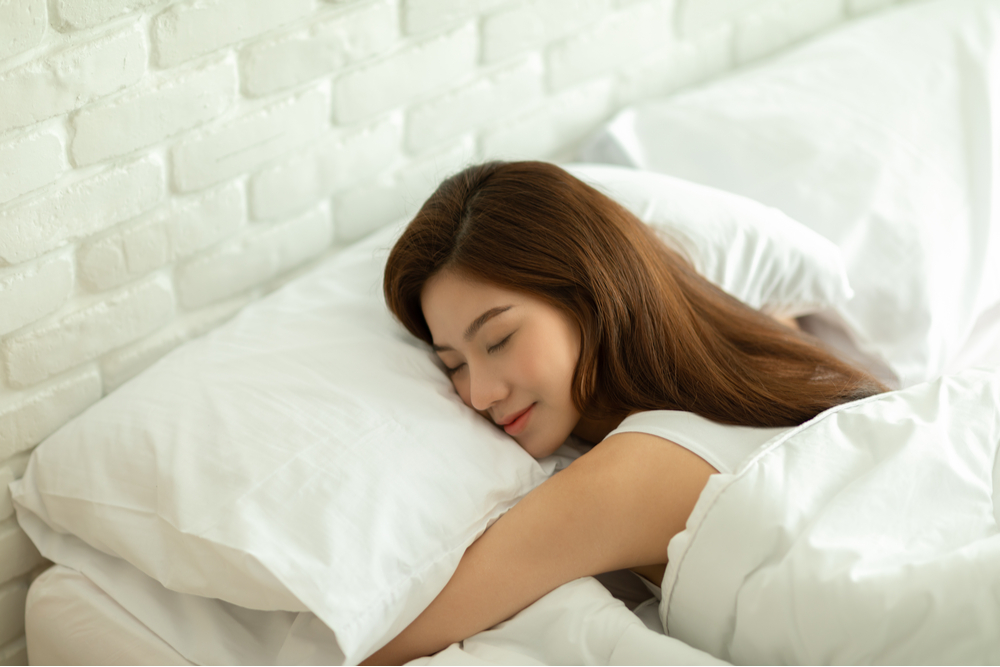The sayings, “I’ll sleep when I’m dead” or “sleep is for the weak” suggest that sleep is a luxury for those who have time for it. However, it’s time for a wake-up call because science tells us that sleep is vital for our overall health and well-being, much like physical activity!
If you don’t snooze, you lose!
Too little sleep is linked to increased fatigue and health problems, including obesity, type 2 diabetes, cardiovascular disease and depression. If this isn’t already alarming enough, lack of sleep can also lead to falls, mistakes in the workplace and motor vehicle accidents. Many studies show a rise in motor vehicle accidents on the first workday after daylight saving time starts, when we shift our clocks forward an hour and lose an hour of sleep. What a nightmare!
Sleep your way to better health
Getting the right amount of sleep (seven to nine hours per night for adults), provides many benefits. For example, it can improve weight and blood sugar regulation, as well as cardiovascular health. This can lead to reduced obesity, type 2 diabetes and cardiovascular disease along with improved bone health. Sleep also helps with retaining information, like what you learn from reading articles like this one!

What does sleep have to do with physical activity?
You may not know that sleep, sedentary behaviours and physical activity make up the Canadian 24-Hour Movement Guidelines for Adults. All three work together to impact our overall health, which is why it’s important to make your whole day matter. For example, getting too little sleep leads to a lack of energy, which then leads to increased sedentary behaviours and decreased physical activity, resulting in reduced health-related quality of life as well as poorer mental and brain health.
On the other hand, physical activity positively impacts sleep, with daily movement leading to even greater sleep benefits over time. Regular physical activity can reduce how long it takes to fall asleep and can improve both sleep quality and duration by increasing serotonin production in the brain and lowering cortisol (stress hormone) levels. These improvements will also help you keep up your physical activity because you’ll be able to move for longer after having a good night’s rest.

Is Canada catching enough ZZZs?
Fortunately, most adults in Canada get the recommended seven to nine hours of sleep. In fact, according to the 2021 ParticipACTION Report Card on Physical Activity for Adults, 73% of adults between the ages of 18 and 79 years are getting enough sleep, earning them a respectable grade of B. However, there’s still room for improvement (it’s not an A, after all). Here are some tips to follow so you can start or maintain a healthy sleep routine:
- Maintain consistent bed and wake times.
- Keep screens out of your bedroom and reduce screen time in the evening.
- Get more active throughout the day (bonus if you can take some of that activity outdoors!).
- Break up sedentary time throughout the day whenever possible.
- Make sure your bedroom is dark, quiet, comfortable and cool.
- Reduce caffeine consumption later in the day.
- Have a relaxing bedtime routine.

To learn more, read the 2021 ParticipACTION Report Card on Physical Activity for Adults.









